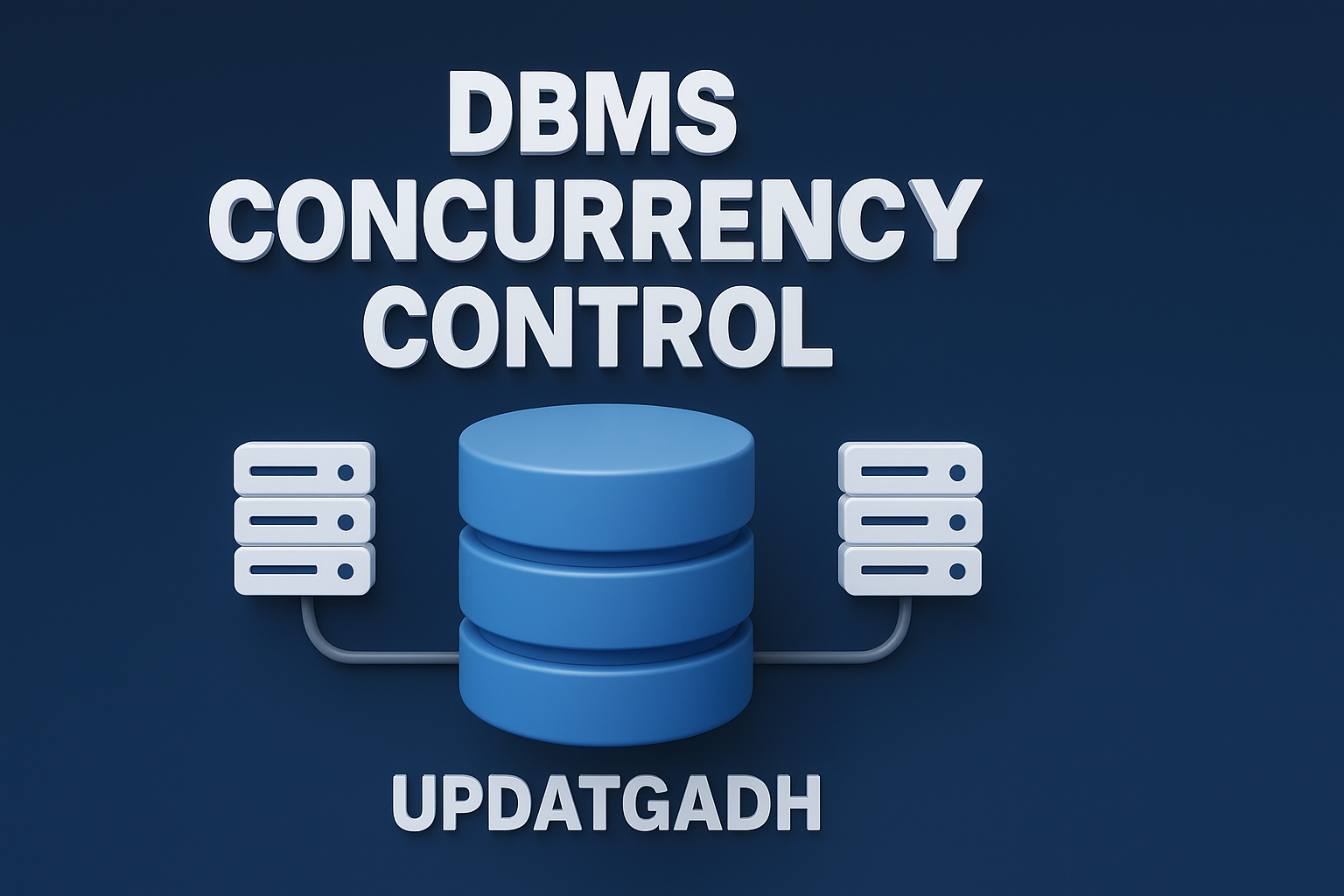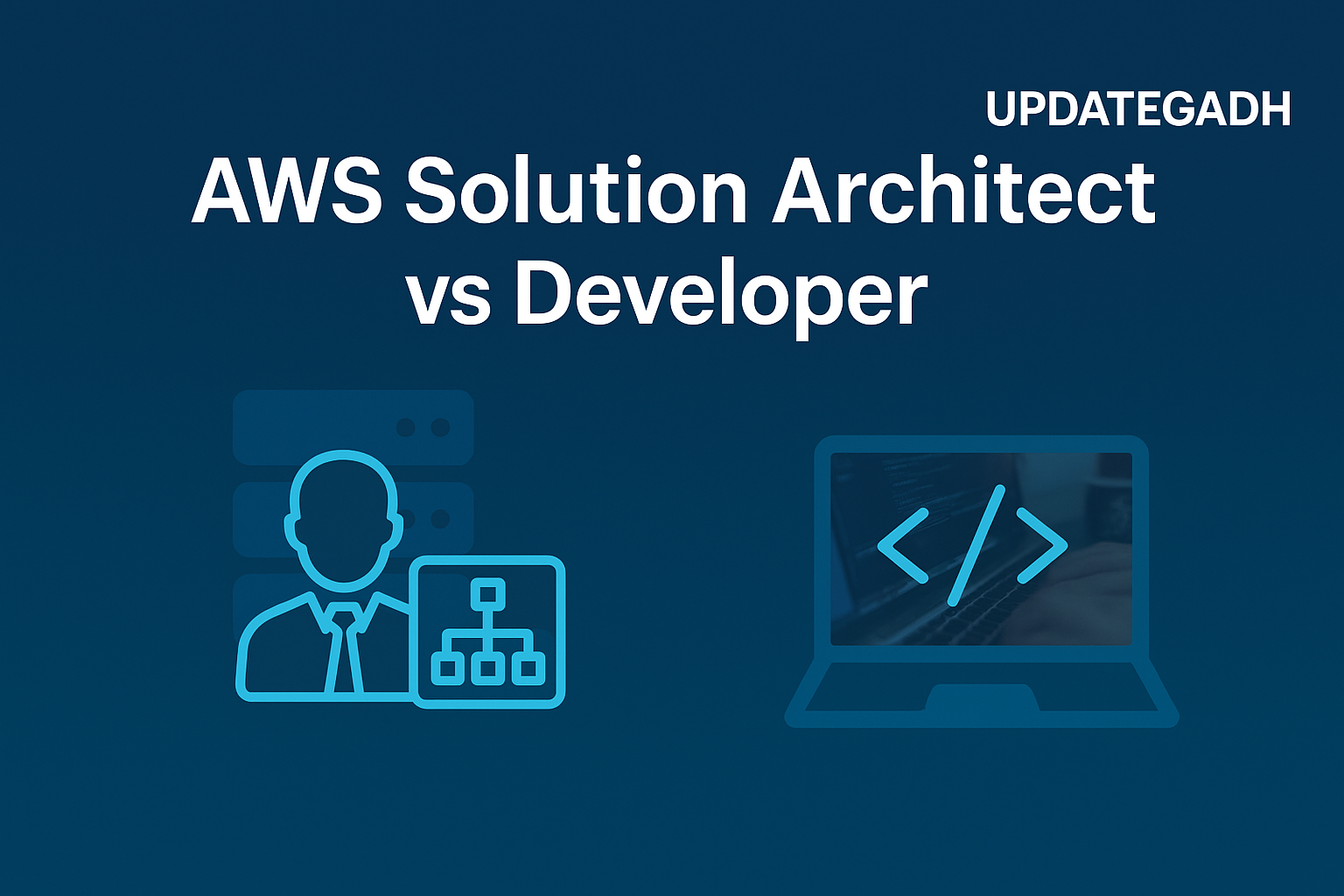
Design Principles in System Design
Design Principles in System
Introduction
In today’s fast-paced digital world, building robust, scalable, and maintainable systems is more important than ever. Whether you’re designing a small application or a large-scale distributed system, foundational system design principles guide the way. These principles—such as abstraction, encapsulation, modularity, and separation of concerns—serve as the cornerstones for crafting efficient and reliable architectures.
By applying these principles, developers can break complex problems into manageable parts, reduce dependencies, enhance flexibility, and improve the overall maintainability of systems. Let’s explore how these design philosophies shape modern system architecture and how you can apply them in your development journey.
Complete Python Course with Advance topics:-Click Here
SQL Tutorial :-Click Here
Machine Learning Tutorial:-Click Here
Embrace Simplicity with Managed Services
One of the most overlooked yet powerful system design principles is simplicity. A complex architecture is not only harder to build but also significantly harder to maintain and troubleshoot. Whenever feasible, use fully managed services rather than creating the wheel from scratch.
Managed services reduce operational overhead, automate patching, scaling, and failover, and let your team focus on delivering value. Whether you’re migrating existing workloads or building new ones, start with a Minimal Viable Product (MVP)—avoid over-engineering. From there, iterate based on real-world usage and performance feedback. Let the complexity evolve only when it’s justified.
Decouple Your System for Flexibility
Decoupling is another key strategy in modern system design. By breaking monolithic architectures into loosely connected, independent components, you gain agility, scalability, and resilience.
Benefits of a decoupled architecture include:
- Independent deployment and scaling of services
- Clear separation of responsibilities
- More granular control over performance and cost
- Enhanced fault isolation and recovery
- Ability to tailor security policies per component
Whether you’re using microservices, event-driven architecture, or service-oriented design, decoupling helps future-proof your system by allowing individual parts to evolve without disrupting the whole.
Core Design Principles in System Design
1. Separation of Concerns (SoC)
This principle involves dividing a system into distinct sections, each responsible for a specific functionality. By keeping concerns separate, systems become more modular and maintainable.
A classic example is the Model-View-Controller (MVC) pattern used in web development:
- Model: Manages data and business logic
- View: Handles the user interface
- Controller: Processes input and updates the model/view
This separation allows developers to work independently, reduces bugs, and improves the clarity of the codebase.
2. Encapsulation and Abstraction
These object-oriented principles are crucial for system integrity and scalability.
- Encapsulation: limits direct access by combining data and the methods that work with it inside a class. This protects internal states and enhances modularity.
- Abstraction: Only the essential elements are revealed, concealing implementation complexity. It makes it possible for developers to work at a more conceptual level.
Together, these principles help reduce cognitive load and encourage the use of well-defined interfaces, leading to cleaner, more adaptable systems.
3. Loose Coupling and High Cohesion
- Loose coupling means components are independent and minimally reliant on one another. This facilitates easier testing, scaling, and upgrading of modules.
- High cohesion ensures each module or component focuses on a single task or responsibility, leading to better code organization and easier maintenance.
Systems built with these principles are more adaptable to change and can evolve with business needs.
4. Scalability and Performance
As user demand grows, your system must be ready to handle increased traffic and data. Key aspects include:
- Vertical Scaling: Adding resources (CPU, RAM) to an existing server
- Horizontal Scaling: Adding more servers to distribute the load
To ensure performance, techniques like caching, load balancing, indexing, and asynchronous processing come into play. Balancing performance and scalability ensures that the system remains fast and responsive under load.
5. Resilience and Fault Tolerance
No system is immune to failures.Resilience and fault tolerance are therefore essential.
- Resilience: The system’s capacity to bounce back fast after interruptions
- Fault Tolerance: The system’s ability to continue operating despite failures
Implement strategies like redundancy, failover mechanisms, health checks, retries, and circuit breakers to keep your applications running smoothly even when parts fail.
6. Security and Privacy
Security must be baked into system design from day one. Protecting data and ensuring user trust requires:
- Encryption (in transit and at rest)
- Role-based access control (RBAC)
- Authentication and authorization
- Input validation and sanitization
- Security audits and compliance checks
In addition to security, privacy practices such as data minimization and anonymization help ensure systems comply with laws like GDPR and protect user information.
Download New Real Time Projects :-Click here
Complete Advance AI topics:- CLICK HERE
Conclusion
Connecting components is only one aspect of system architecture; another is creating scalable, robust, secure, and maintained systems. Principles such as encapsulation, abstraction, loose coupling, high cohesion, scalability, fault tolerance, and privacy serve as a foundation for sustainable software development.
At Updategadh, we believe that mastering these core design principles enables developers and architects to craft systems that stand the test of time and scale with confidence. By following these guidelines, you’ll not only create better systems—but also foster innovation, stability, and trust in your software solutions.
Keep learning, keep building. Stay tuned to Updategadh for more insights into modern system design and architecture.
system design principles in software engineering
design principles in software engineering pdf
system design patterns
design principles of windows operating system
system design example
principles of computer design in computer architecture
types of system design in software engineering
system design architecture
system design principles in software engineering
design principles in software engineering pdf
software design principles examples
design principles in operating system
design principles of windows operating system
software design principles and patterns
design principles in java
principles of computer design in computer architecture










Post Comment